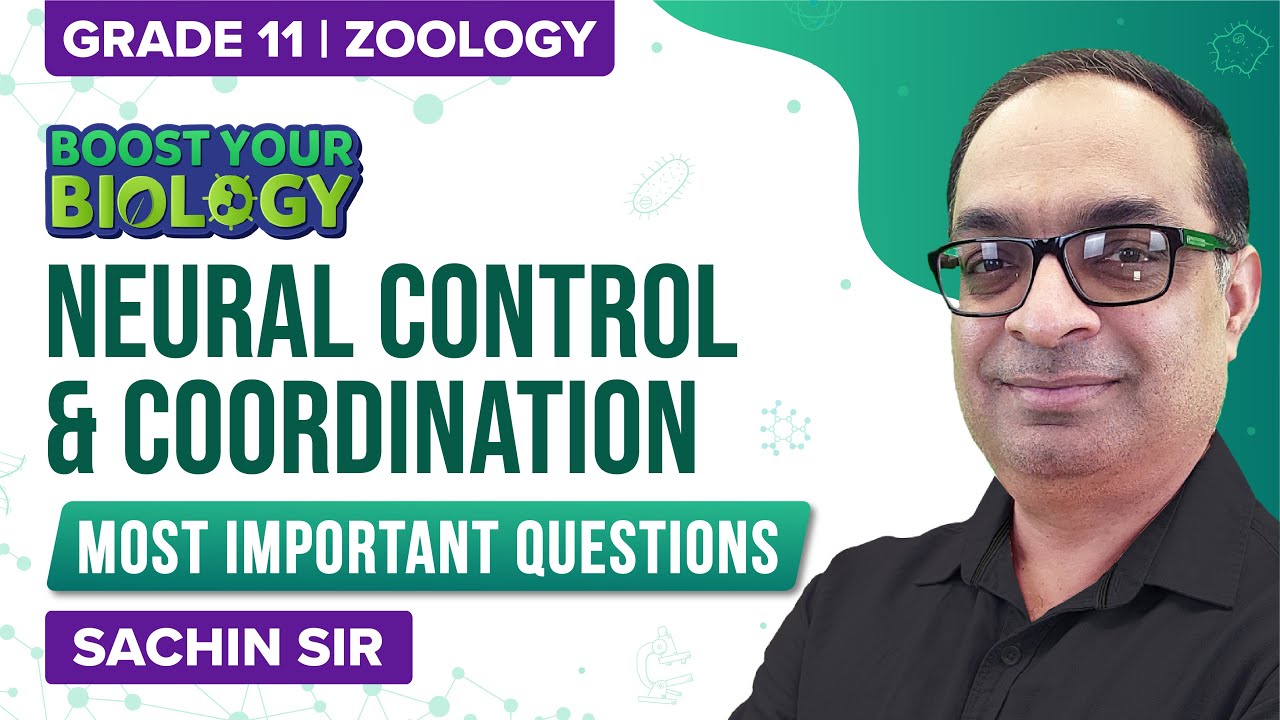The eye lens of humans is transparent and crystalline. It is biconvex and responsible for focussing light on the retina. It is present behind the cornea and attached to the ciliary body by ligaments.
The main characteristics of humane lens are:
- It lacks blood vessels. Aqueous humour provides nourishment to it. Both vitreous body and aqueous humour bathe the lens.
- It is transparent, ellipsoidal, crystalline and biconvex. The posterior part is more curved than the anterior part of the lens.
- It is held at its place by ligaments attached to the ciliary body.
- The anterior portion of the lens is covered by iris. It is a pigmented extension of ciliary body and controls the amount of light passing through the lens.
- The aperture of the lens surrounded by iris is known as the pupil.
- The ciliary muscles change the shape of the lens and control the focus of the lens. The ability of the lens to adjust and focus differently placed objects is known as accommodation.
- The outermost transparent layer of the lens is known as the lens capsule.
- The lens fibre cells constitute the major portion of the lens. They are elongated and transparent cells.
- The lens epithelium is present between the capsule and fibres at the anterior portion. It is made up of simple cuboidal epithelium. New lens fibres are generated from the epithelial cells
- 90% of proteins within the lens are made up of water soluble proteins known as crystallins.
Diseases related to the human eye lens
Presbyopia – It occurs with ageing. It occurs due to a decrease in the flexibility and thickening of the eye lens. The ability of the lens to change its shape to focus objects which are near decreases with age.
Cataract – It occurs due to opacity or cloudiness of the eye lens leading to blurred vision.
Ectopia Lentis – It occurs due to dislocation of the eye lens.
Aphakia – This condition refers to the absence of lens in the eyes.
This was in brief about the human eye lens. Test your understanding with MCQs on Structure of Eye, only at BYJU’S.
Recommended Video:
Neural Control and Coordination Class 11 Biology | NEET Biology Important Chapters | NEET 2022

Related Articles:

Comments